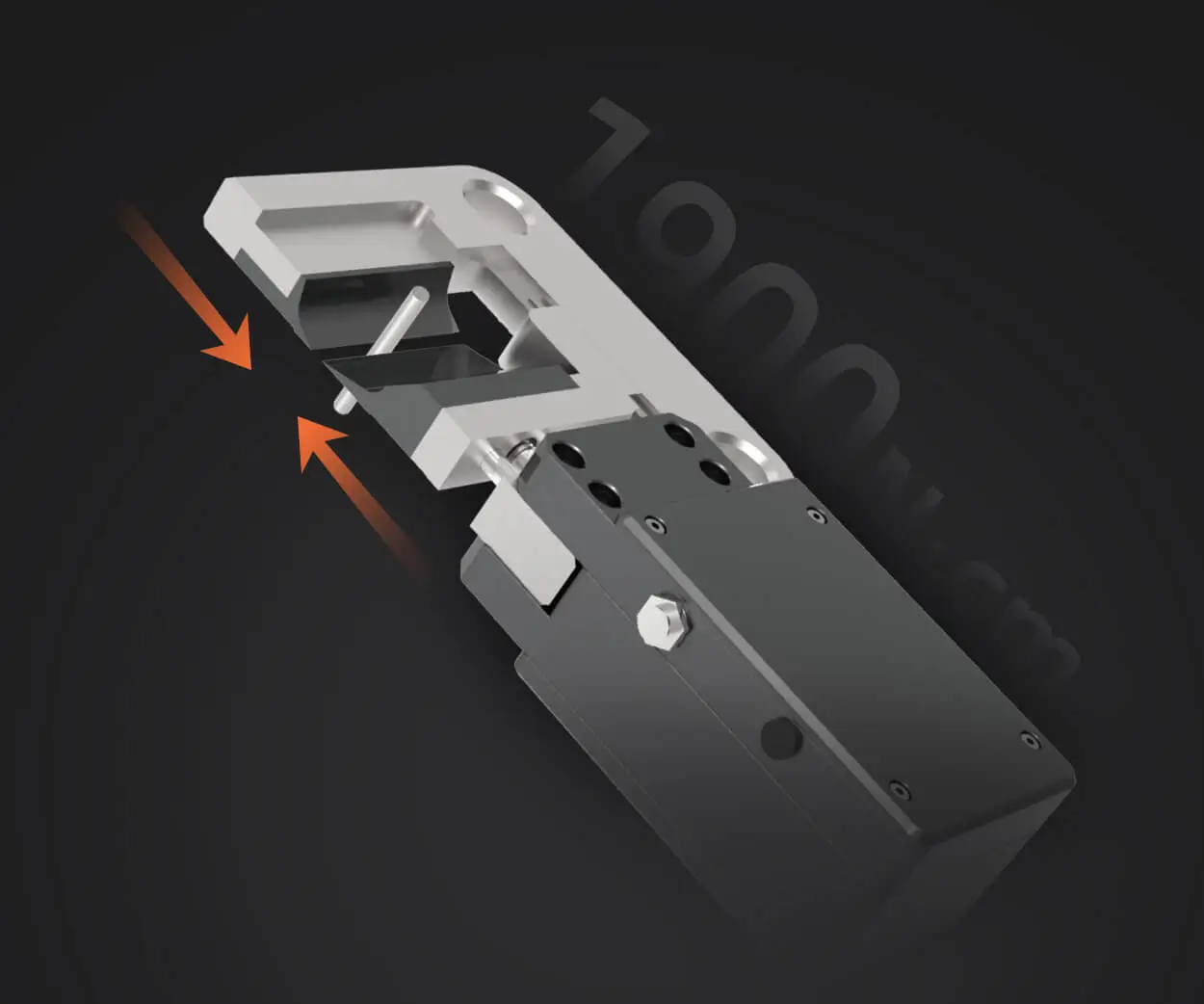Ever been in a workshop where precision matters? Maybe you're tinkering with a robotics kit, or just trying to make your DIY project better. That’s where a program servo motor movement really shines. It’s all about control—making that tiny motor move smoothly, accurately, and repeatably. Think of it as giving your project a brain, one that follows your commands like a pro dancer following the beat.

What makes a program servo motor movement stand out? It’s the ability to be finely tuned. You load your desired movement pattern into a controller, and the servo responds with a level of accuracy that makes everything else look amateur. Setting a specific angle, speed, or position? Done. The motor remembers each setting, executing it exactly as programmed, no surprises about timing or positioning. This makes it indispensable in automation tasks, robotic arms, or even camera gimbals—anywhere that precise, programmable control turns a good idea into an efficient machine.
People often ask, “How does it work?” Well, it’s simple… kinda. You feed a command—and this could be an angle or a position—to the control module. Then, the servo motor moves. But it’s not just about moving from point A to B. It’s about those tiny adjustments, those micro-movements that matter, especially in delicate operations. For instance, imagine a robot arm picking up something fragile. A program servo motor can make those incremental movements with such finesse that it acts almost like a human hand, steady and deliberate.
Now, you might wonder: what kind of projects benefit most from this tech? Nearly any automation or precision task. Let’s say you’re designing a model aircraft—control the wing flaps with programmed movements. Or you want a smart home device that opens and closes with exact timing—programmed servo movements glue the system together seamlessly. Plus, the reliability! Programmed movements ensure every cycle is consistent, reducing errors in production or operation.
Another thing worth mentioning: these motors are versatile. Whether you need high torque or fast response, you can find a servo that fits. Combine that with adjustable speed and dynamic control, and suddenly, your project becomes a powerhouse of stability and accuracy. That’s what gives it a competitive edge, whether you’re building a robot or automating a process.
Thinking about integrating a program servo motor? Consider how you want it to behave. Do you want it to move in smooth, sweeping arcs or quick, jerky motions? The firmware and control setup will change if you need fine-tuned, slow movements versus rapid shifts. It’s about matching the motor capabilities to your specific needs, which is where comprehensive specifications come into play.
In the end, it’s not just about the hardware but the potential it unlocks. Setting up a program servo motor movement means creating sequences that are repeatable, efficient, and precise. You’re essentially giving your project a reliable rhythm, turning what could be a chaotic attempt into a well-choreographed performance. Whether you’re just starting out or fine-tuning a complex system, understanding how to harness programmability makes all the difference. It’s a game-changer—smooth, intelligent, and ready to move wherever your imagination takes it.
Established in 2005, Kpower has been dedicated to a professional compact motion unit manufacturer, headquartered in Dongguan, Guangdong Province, China. Leveraging innovations in modular drive technology, Kpower integrates high-performance motors, precision reducers, and multi-protocol control systems to provide efficient and customized smart drive system solutions. Kpower has delivered professional drive system solutions to over 500 enterprise clients globally with products covering various fields such as Smart Home Systems, Automatic Electronics, Robotics, Precision Agriculture, Drones, and Industrial Automation.




































